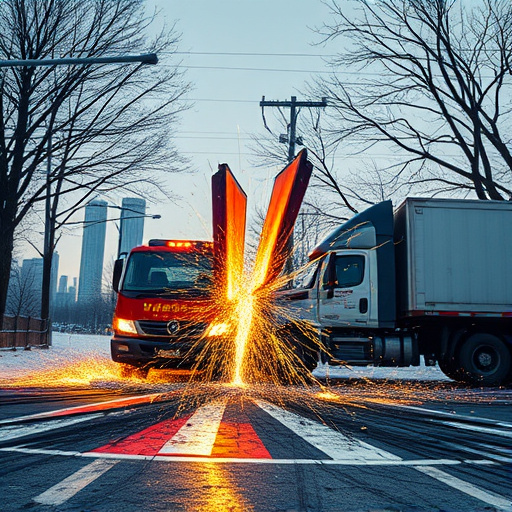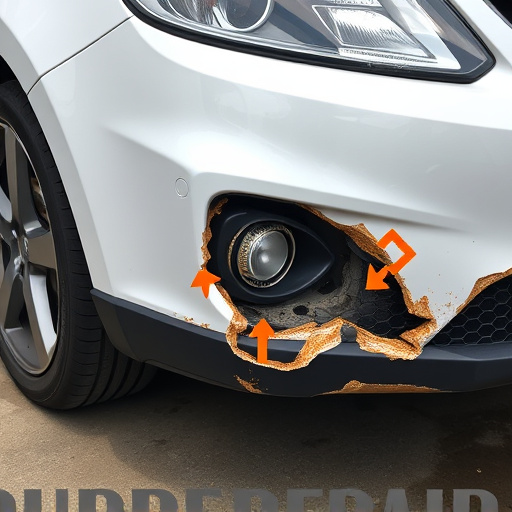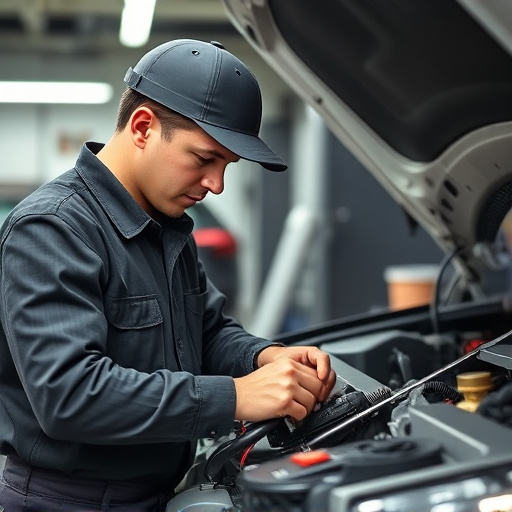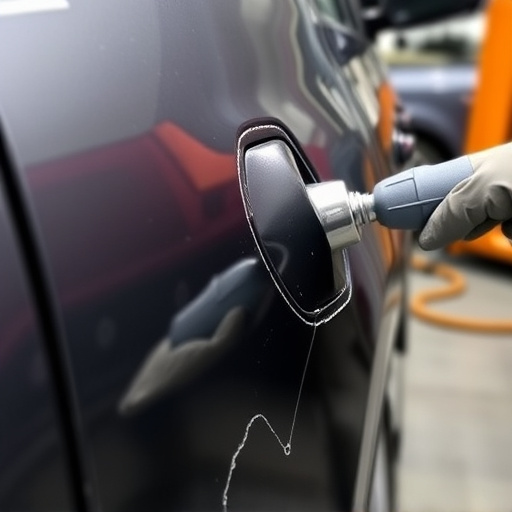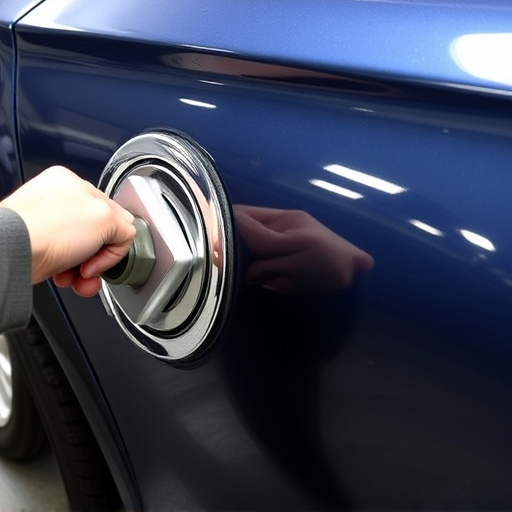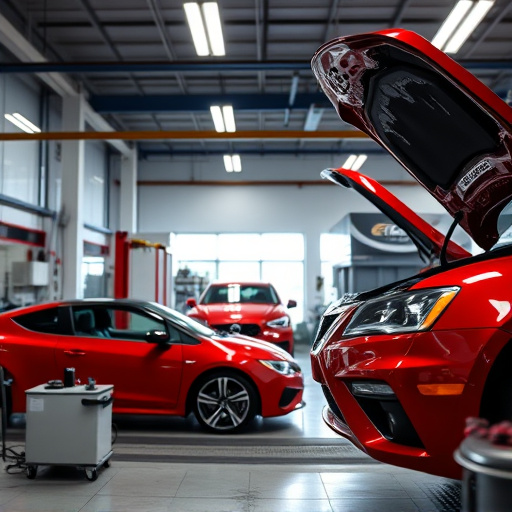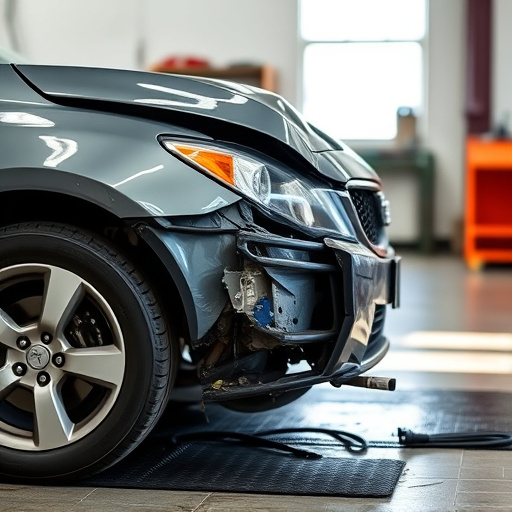Transmission inspection is a vital step in total loss assessments after vehicle accidents, requiring specialized knowledge to evaluate complex systems. Skilled technicians use advanced tools to detect damage, wear and tear, and leaks beyond visible signs, ensuring accurate repair estimates. This meticulous process involves examining the transmission's interaction with other components and documenting observations for industry-standard decision-making. Reputable auto repair shops specialize in collision repair, providing reliable transmission inspection accident reports for efficient post-accident restoration.
In the realm of total loss assessments, a meticulous transmission inspection is no mere formality but a cornerstone. Understanding and evaluating the intricate components of a vehicle’s transmission system post-accident is paramount for accurate damage assessment. This comprehensive guide delves into the significance of transmission inspections, offering insights on best practices to ensure thoroughness and accuracy. By mastering these techniques, assessors can navigate the complexities of accident-related damages, fostering fair and just compensation.
- Understanding Transmission Inspection in Total Loss Assessments
- The Role of Transmission Inspection in Accurate Damage Evaluation
- Best Practices for Conducting Comprehensive Transmission Inspections Post-Accident
Understanding Transmission Inspection in Total Loss Assessments

Transmission inspection plays a pivotal role in comprehensive total loss assessments, especially when it comes to accident-damaged vehicles. It involves a meticulous examination of a vehicle’s power train, including the transmission system, to determine the extent of any damage or wear and tear. This is crucial as the transmission, being a core component, significantly influences the overall condition and value of the vehicle post-accident.
During such inspections, professionals not only look for physical damages like fractures or leaks but also assess the functional integrity of the transmission. Modern vehicles’ sophisticated transmission systems, ranging from automatic to dual-clutch variants, require specialized knowledge to evaluate. Proper transmission inspection ensures that repairs, if needed, are tailored specifically, whether it’s a simple adjustment or a complete car dent repair and auto body restoration. This meticulous process is vital in accurately categorizing the vehicle’s damage, facilitating efficient insurance claims, and ultimately, determining its post-accident resale value.
The Role of Transmission Inspection in Accurate Damage Evaluation

In the event of a total loss accident, an accurate assessment of damages is paramount to determine the appropriate course of action for auto collision repair. Transmission inspection plays a pivotal role in this evaluation process. The transmission system, being a critical component of any vehicle, incurs significant stress during collisions, often leading to complex damage patterns. A thorough inspection goes beyond visible signs and involves advanced diagnostic tools to uncover internal issues that might affect the performance or safety of the vehicle after auto collision repair.
By incorporating transmission inspection in their assessments, auto collision centers can provide more precise estimates for repairs, including potential needs for replacement parts and auto body painting. This meticulous approach ensures that every aspect of the vehicle’s condition is accurately reflected, facilitating a smoother transition towards effective and efficient restoration processes.
Best Practices for Conducting Comprehensive Transmission Inspections Post-Accident
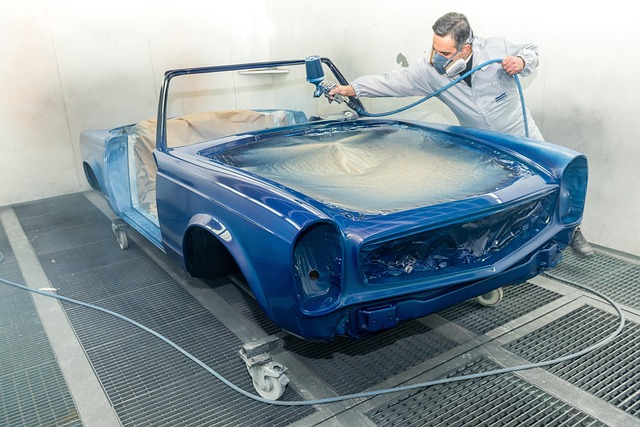
Post-accident, conducting comprehensive transmission inspections is a best practice that cannot be overstated. It involves a thorough examination to identify any damage or malfunction within the transmission system, which is critical in total loss assessments. Skilled technicians use advanced diagnostic tools to check for leaks, wear and tear, and any discrepancies from the vehicle’s pre-accident condition. This meticulous process ensures accuracy in determining repairability and replacement costs, aligning with industry standards and best practices.
During inspections, it’s essential to consider not just the transmission but also its interaction with other components, such as the drivetrain and differential. Moreover, documenting every observation, including visual evidence and performance metrics, is vital for informed decision-making. Reputable auto repair shops specializing in automotive collision repair employ these methods, ensuring that each transmission inspection accident report is detailed and reliable, facilitating effective post-accident car body restoration processes.
Transmission inspections play a pivotal role in accurate total loss assessments post-accident. By thoroughly evaluating the condition of vehicle components, including the transmission, experts can provide reliable data for insurance claims and salvage decisions. Implementing best practices ensures comprehensive inspections, minimizing errors and maximizing the efficiency of the assessment process. This, in turn, facilitates smoother claim settlements and promotes fairness for all parties involved.
